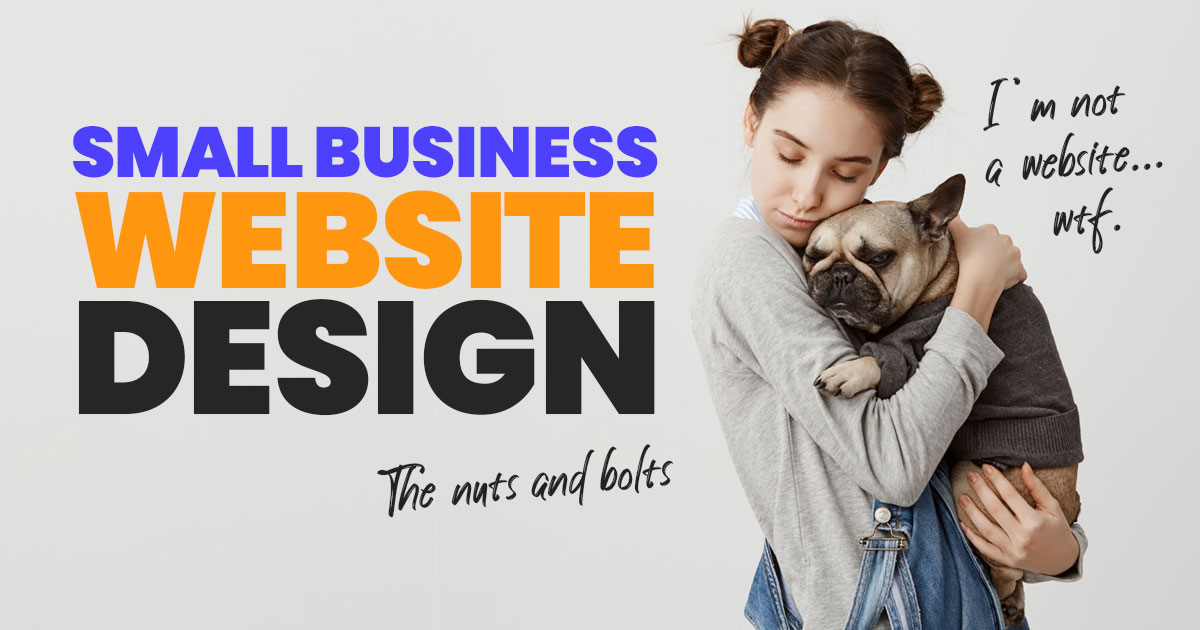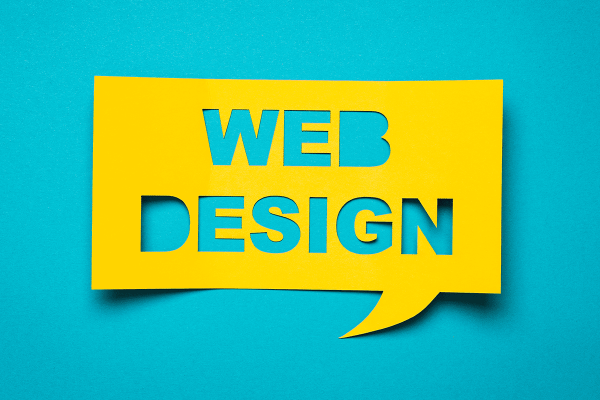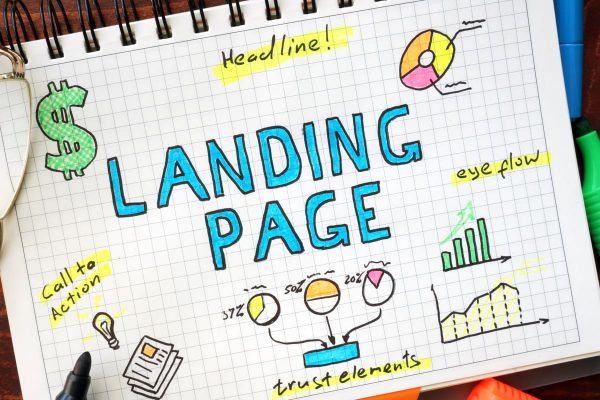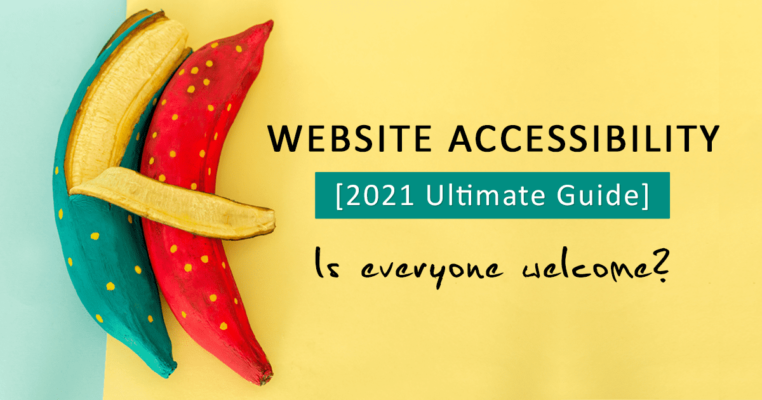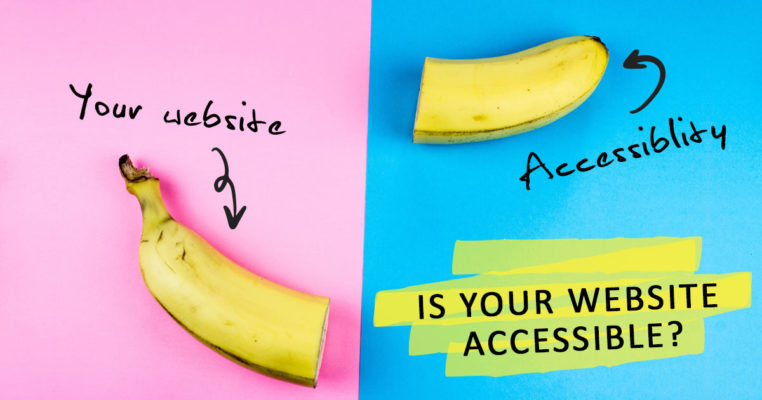If you are looking for a small business website design, it can be hard to know where to start. There are so many options out there that it can feel overwhelming!
In this post, we will talk about the nuts and bolts of what goes into creating a website for your business.
We will discuss some of the most important things to consider when designing your site, as well as some questions you should ask yourself before getting started with one of these designs.
Why do you need a small business website design?
In the age of the internet, you can’t be “all things” for your customers if you want them to find and buy what they need from you. A well-designed site will allow people who are looking for that product or service on Google (or any search engine) enough information so they can make an informed purchase decision – which means more sales. It’s still shocking that only 71% of small businesses have their own websites up and running.
A website is a great way to promote your business and connect with customers. It’s also the first step in building your brand, so it’s important that you have one that reflects who you are and what you do.
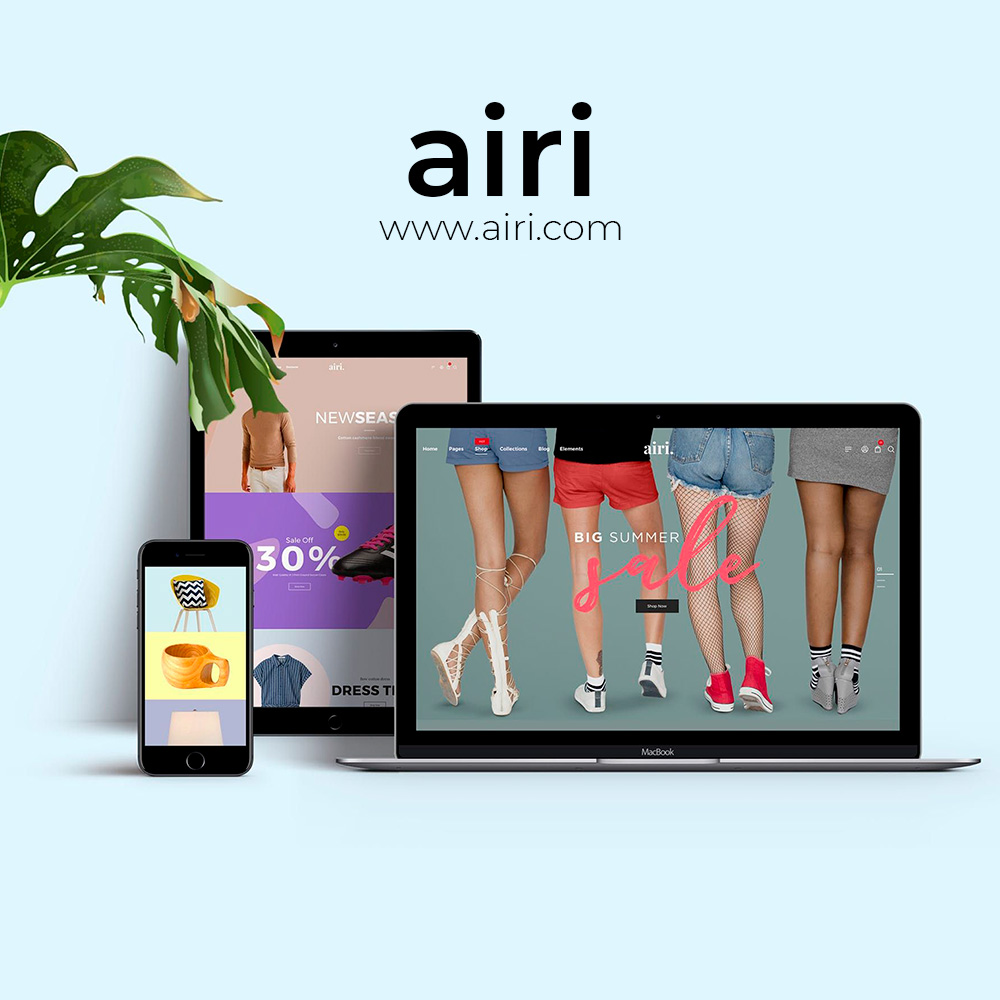
A small business website design will help create an engaging digital experience for visitors on your website, which can lead them to become customers or clients down the line.
A professional-looking site will showcase your products and services while providing useful information about how they work best for customers; this helps people make informed decisions about doing business with you in the future without having met face-to-face yet!
There are many other reasons why you might need a website designed for your small business.
Maybe you’re in the process of growing and expanding, or maybe you’re looking to diversify and attract new customers by adding more services or products.
No matter what the reason, having a professional design agency create your site will ensure that it looks contemporary and functional while still catering to your specific needs, business challenges, and interests.
And if potential customers are already finding their way to your door (or mobile screen) then they’ll be able to find out more about who you are, what you do, and how they can get in touch with ease!
The basics of small business website design: checklist of elements
#1 What are the basic elements of website design?
After choosing a domain name and registering your site, it’s high time to develop your site. When it comes to small business website design, there are a few main elements that you need to consider.
- Business website layout and structure – this will be based on the type of site you’re looking for and what kind of information you want to share with visitors.
- Your home page (or landing page) – will be the most important part of your website, as it will be the first thing people see when they visit. You’ll need to make sure that it’s well-designed and contains all the most important information about your business.
- A navigation system – so that visitors can easily find the information they’re looking for on your site. This includes things like menus, links, and CTA buttons.
- Other design elements of your page – including the fonts, color scheme, and images you use. This will help create a cohesive look for your website and make it more visually appealing to visitors.
All of these essential elements should be considered when designing a site, as they all play an important part in how well it works and how users interact with it.
If one or more of them doesn’t work properly then visitors might not find what they’re looking for or might leave the site quickly to find a better one.
#2 How to use color in website design?
Color can be an important part of website design, as it can help set the tone and mood for your custom web design. It’s also a great way to express your brand identity and make your site stand out from the competition.
When choosing a color scheme for your website, you’ll need to think about how they’ll work together. You’ll also need to make sure that they’re easy to read on different types of devices and screens, as well as in different web browsers.
Some tips for using color in website design:
- Use a limited number of colors so that your site doesn’t look too busy or overwhelming.
- Make sure the colors you choose are compatible with each other and with your brand identity.
- Use light colors for backgrounds and dark colors for text to make it easy to read.
- Test how your colors look on different devices and browsers.
- Create a color palette so that you can use the same colors throughout your site.
- Use contrast to create visual interest and highlight important elements.
By following these tips, you’ll be able to choose color schemes that work well for your site and help it to communicate the right messages.
#3 How to use typography in website design?
One of the easiest ways to change the tone and feel of your site is through typography. By using different fonts, you can make information look more serious or friendly, formal or casual – whatever fits with your brand identity.
Here are a few things to keep in mind when choosing typefaces for small business website design:
- Use multiple font families sparingly to avoid a cluttered look.
- Choose fonts that are easy to read on different devices and screens.
- Make sure the fonts you choose are compatible with each other.
- Use typography to create visual interest and hierarchy.
#4 Using images and graphics in website design
Images and graphics can be an easy way to make your site more visually appealing – but they should always serve a purpose. If you find yourself using images just for the sake of it, then think about whether there’s another element that could do the job instead.
Some tips for using images in website graphic design:
- Make sure the images you choose are high quality and fit with your brand identity.
- Use them to create visual interest or highlight important information.
- Compress images so as not to increase the web loading time.
- Don’t forget about credentials and copyright.
#5 Layout and grid-based design in small business website design
One of the most important things to consider when designing a site is how it will be laid out. Choosing an effective grid system can help you create a design that’s both attractive and easy for visitors to use and navigate – making your website more user-friendly in the process.
Some tips for using layout:
- Use columns so that visitors know where to look for important information.
- Use padding to create a sense of space and avoid overcrowding.
- Keep navigation simple so that it’s easy for users to find the right pages on your site and improve your overall website user experience. Navigation should be visible, but not too dominant because you don’t want visitors to miss the content.
- Use grids for consistency – it’s much easier to build a consistent page if you’re using columns and spacing rather than individual elements that are all different sizes.
Tip! If you want to get some inspiration, check out our website design projects and see how SociallyInfused has been designing a wide range of pages that drive high-quality traffic.
What pages you may want to have in your small business website design?
Homepage
Your homepage is one of the most important pages on your website – it’s often the first thing that people see, and it’s where they’ll go to find out more about your business.
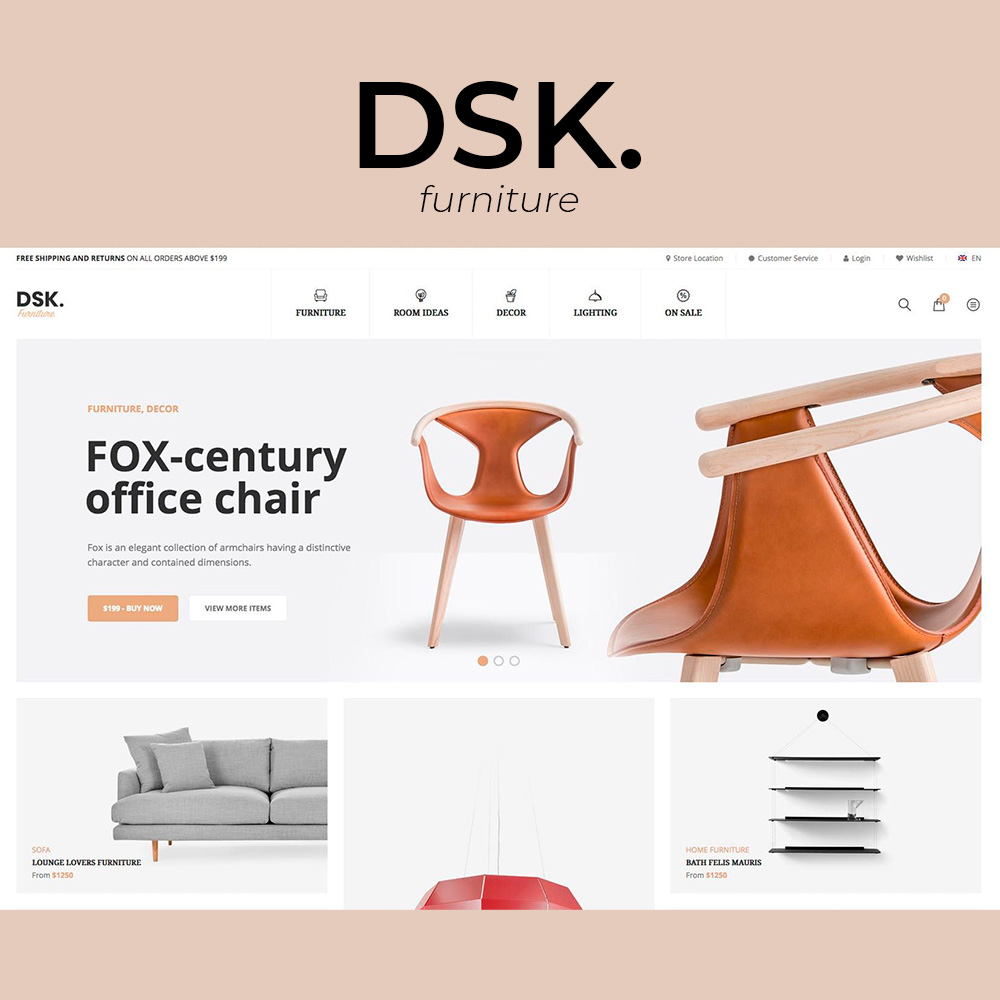
As a result, it’s important to make sure that your homepage design is effective and gives visitors a good impression of your company.
Some tips for designing an effective homepage:
- Logo and tagline: the most important element on your homepage is your logo, followed by your tagline. These should be placed prominently so that visitors can’t miss them.
- Headlines: use clear and concise headlines to highlight the main points of your website.
- Visuals: use images, graphics, or videos and make sure they’re high quality and fit with your brand identity.
- Navigation bar: make sure that the navigation is easy to find and use, and that it doesn’t take up too much space on the page.
- Call to action: consider including a call to action on your homepage, such as a prompt to sign up for your mailing list or download a white paper.
- Purpose of the website: keep your messaging in line with the purpose of your site, show people what you do and what you offer.
About page
The about page is a vitally important part of your small business website design – it’s the place where visitors can find out more about you and what you do.
Some tips for designing an effective About page:
- Include any relevant background information about your business
- Include a map of your location if you have an office space as this helps build trust and tells visitors that they’re dealing with a real company. You can use Google Maps to do this.
- Highlight any happy customer testimonials – this helps to give new visitors confidence in the services you offer and can help persuade them to become a customer.
- Say who you are and what you do – make it clear to visitors what your business is and what you offer.
- Include your story, your mission, your values, and what sets you apart from the competition.
Services or products page(s)
Your Services or Products page should be designed in such a way that clearly separates the different sections of information, and ensures they’re easy to read.
Some tips for designing your Services or Products page:
- Create clear headings so visitors can scan through easily at first glance; make sure important details stand out by using bold formatting (or a different color).
- Include brief descriptions of each service or product, pricing with a link to a more detailed page if needed.
- Make sure that all the information is easy to find and read – use plenty of whitespaces, clean designs, and formatting to break up the text.
- Include high-quality images for each service or product.
- Use bullet points to summarize each service or product, and make sure they’re clear.
- Include a contact form on the Services or Products page so that visitors have an easy way to get in touch if they need more information.
- Use this same structure for all other pages on your website (such as ‘About’, ‘Contact’ etc.) so there’s consistency throughout.
Contact page
If someone needs further information or wants to become a customer, they will go to your contact page to get in touch with you.
Some tips for designing an effective Contact page within your small business website design:
- Include a complex contact form prominently on the page, as well as your physical address, phone number, and email address.
- Make sure the contact form is easy to use – include clear instructions on how to fill it out, and test it yourself to make sure everything works correctly.
- Ensure that all of your contact information is up-to-date.
- Include social media icons to make it easy for visitors to find you online – this also helps with brand visibility.
Blog and Social Media Pages
Your blog and social media pages are vitally important for building up your online presence, helping with search engine optimization (and therefore increasing the amount of traffic you get to your site), engaging with customers, sharing important updates about your business, etc.

As a result, they’re an essential part of any small business website design.
Some tips for designing effective Blog and Social Media pages:
- Check whether the design is consistent with your overall website design, and with your branding.
- Include high-quality images (or videos), catchy headlines, and brief summaries to entice visitors into reading more.
- Use a clear and easy-to-read font throughout, and make use of whitespace to help break up the text.
- Include social media icons so that visitors can easily find your pages on different platforms.
- Make sure your blog posts are optimized for SEO – this will help to increase their visibility and bring more traffic to your website.
- Your conversion rates will increase if you include a CTA (call-to-action) button on each page that invites users to subscribe to your blog or follow you on social media.
Portfolio Pages, if applicable
If you offer any services or products that require proof of expertise, such as testimonials from previous customers who have used your services/products, then it’s a good idea to include Portfolio pages on your site.
This will show visitors the work you’ve done for other people and businesses in the past – some examples could be: ‘Our Work’, ‘Case Studies’ or ‘Client Testimonials’.
Some tips for designing effective Portfolio pages:
- Include high-quality images of your work, as well as brief summaries and client testimonials.
- Make sure that the design is consistent with the overall look.
- Keep the content of your Portfolio pages updated regularly, so that visitors always have new and interesting material to look at.
Common mistakes of small business website design
- Not having a clear purpose – what is the goal of your website? Are you trying to sell products or services, increase brand awareness, provide useful information, etc.? Make sure all content and design choices reflect this.
- Choosing cloud hosting services, content management system, and business website builder that limit you – check out built-in features and affordable plans otherwise you may hit a wall and not be able to progress with your website.
- Not using a professional web design company to create your website – can lead to amateurish designs and a lack of overall professionalism.
- Forgetting about estimating the average cost – making a plan of business web design costs is crucial to be able to predict the cost of features and extra functionality and not to overrun the budget.
- Focusing too much on aesthetics, at the expense of usability – make sure that all the important information is easy to find and read, or visitors will quickly leave your site.
- Not adding an effective Contact page – make sure your contact information is easy to find and that you have complex contact forms on the page.
- Lacking essential pages such as Blog, Social Media Pages, or Portfolio pages – these can be very effective in helping to build up your online presence and promoting your business.
- Not optimizing content for SEO – if you don’t optimize your content, it will be much harder for people to find your website online. You may want to consider investing in a digital marketing agency that can help you with content marketing and optimization.
- Using not a clear and readable font throughout – can make your website difficult to read and look unprofessional.
- Missing high-quality images or videos – these can help to engage visitors and improve the overall look of your site.
- Not using whitespace effectively – this can make your website look cluttered and busy, and difficult to read.
How to choose the right web designer for your business
When it comes to choosing the right web designer for your small business website design, you want someone who understands your brand and your target audience. As well as this, you should look for someone who has lots of experience in designing professional-looking websites, have the technical knowledge, and can provide custom solutions.
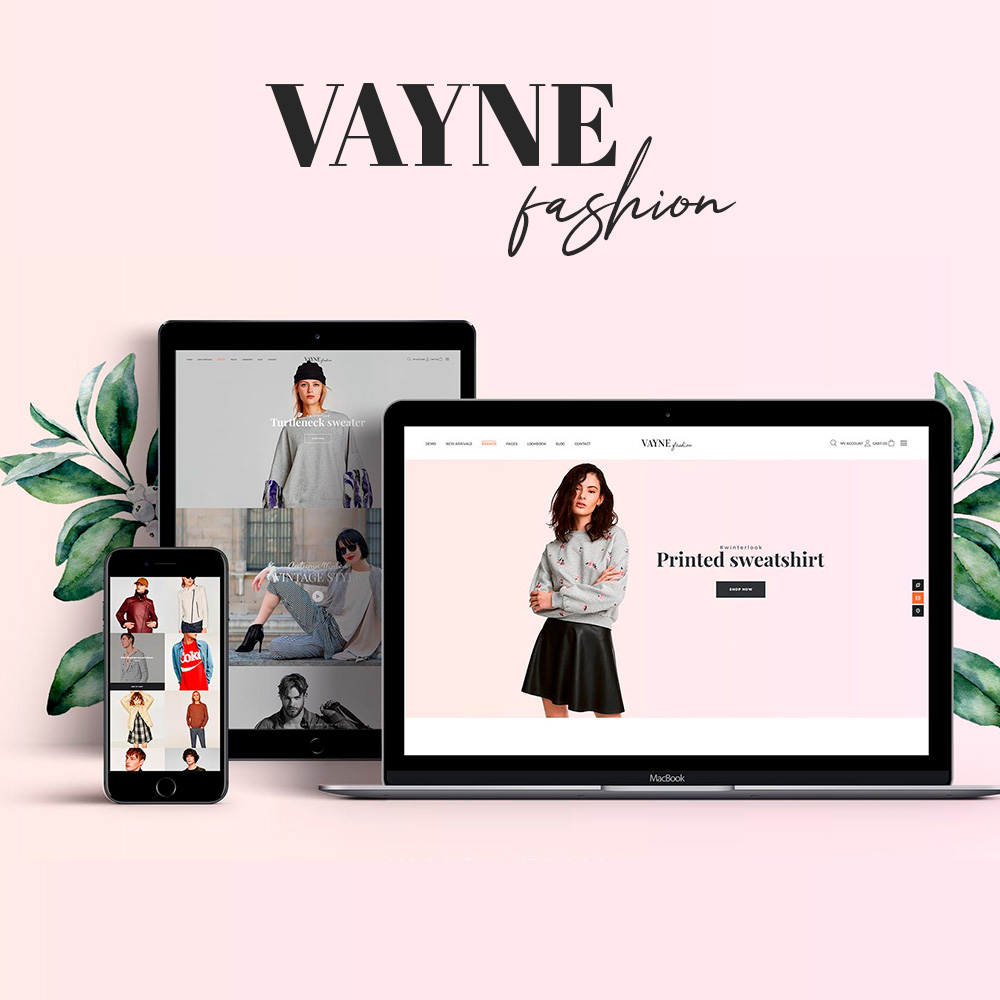
You could ask for recommendations, do some research online to find the most reputable web design companies in your area (or further afield) and check out their previous work, and customer reviews.
Here are some questions you could ask potential designers:
- What experience do you have in designing small business websites?
- Do you have any business website examples of previous work that I can see?
- How would you go about designing a website that reflects my brand and target audience?
- Do you offer any SEO or digital marketing services?
Having found a web designer or expert team that provides design services you like, it’s important to have a clear idea of the goals of your website. This will help the designer to create a site that meets your needs and business goals.
To sum up
Website design is an important part of any small business and should be given the attention it deserves. By following these tips, you can create a website that is effective in promoting your brand and helping to grow your business. You can also give us a shout and we’d be happy to assist you in your small business website design
